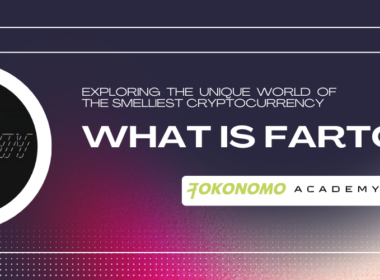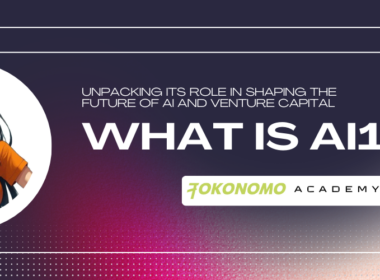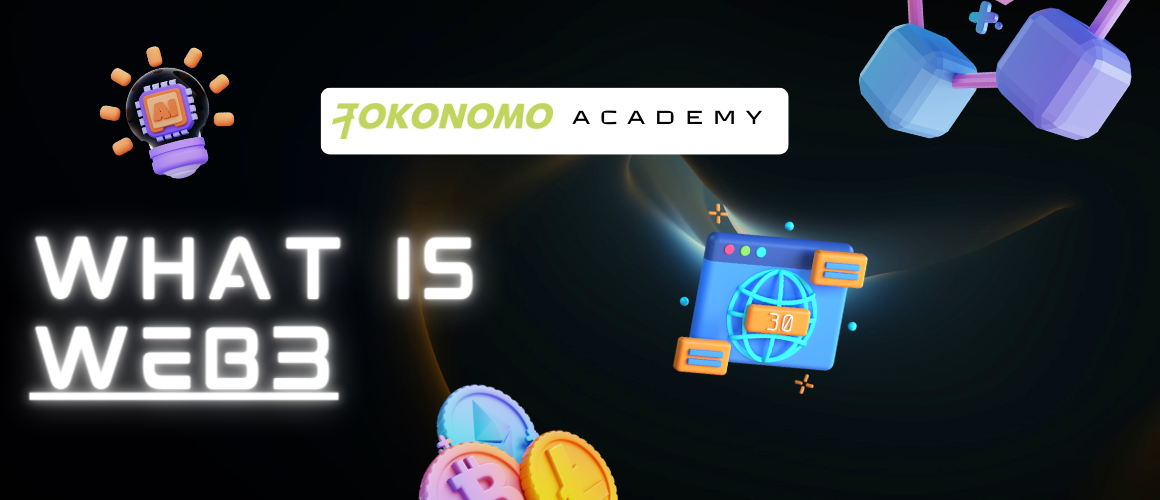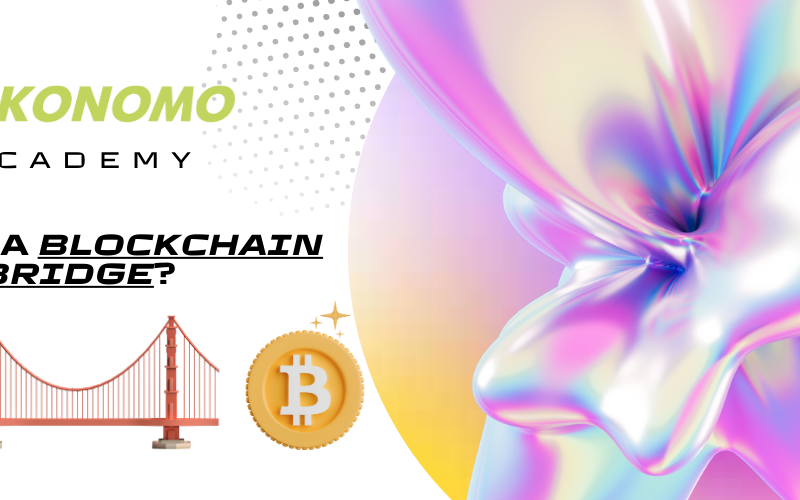In the rapidly evolving landscape of technology, the internet has become an integral part of our daily lives. It has revolutionized the way we communicate, access information, and conduct business. However, as the internet continues to evolve, a new paradigm is emerging – Web3.
What is Web3?
Web3 signifies the forthcoming phase in the evolution of Internet technology, with a strong emphasis on harnessing the capabilities of machine learning, artificial intelligence (AI), and blockchain technology. Coined by Gavin Wood, the visionary behind Polkadot and a co-founder of Ethereum, the term embodies a departure from the Web 2.0 model, which primarily revolves around user-generated content hosted on centralized platforms. Web3 is poised to empower users by granting them greater authority over their digital information.


This movement is driven by the vision of cultivating interconnected, intelligent online platforms and applications that possess an enhanced ability to comprehend data through advanced machine-driven analysis. Essential to the Web3 paradigm are the principles of decentralization and digital economies, pivotal in attributing value to online content creation. It’s imperative to acknowledge the dynamic nature of Web3; rather than having a singular definition, its interpretation can vary significantly among individuals.
How Does Web3 Work?
Web3 envisions a future where AI and advanced machine learning techniques join forces to deliver personalized and pertinent information at an accelerated pace. This entails the integration of more intelligent search algorithms and the advancement of Big Data analytics, empowering machines to grasp concepts intuitively and offer well-suited content recommendations. Alongside this, Web3 will maintain a strong emphasis on ensuring users’ ownership of content and fostering support for inclusive digital economies.
In contrast, prevailing websites mainly exhibit static data or content driven by users, as seen in forums or social media platforms. While this approach facilitates the broad dissemination of information, it falls short in catering to the unique requirements of individual users. The ideal function of a website should revolve around tailoring information to suit each user, mimicking the dynamic nature of human communication in the physical world. The existing paradigm, represented by Web 2.0, relinquishes users’ ownership and authority once their information goes online.
Benefits of Web3
Although full-scale adoption of Web3 remains a distant goal, the fundamental principles underpinning it have largely been established. The following four subjects are consistently identified as the pivotal components shaping the trajectory of the Web3 landscape.


Semantic Markup
Over the course of time, machines have made substantial strides in comprehending human-generated data and content. Yet, there remains a considerable journey ahead to achieve a seamless paradigm where semantics are completely deciphered. For instance, the usage of the term ‘bad’ can, in certain contexts, signify ‘good.’ Enabling machines to grasp such nuances proves to be an immensely intricate task. Nonetheless, fueled by the vast expanse of Big Data and an increasing repository of information for analysis, AI is progressively enhancing its ability to intuitively comprehend and present the textual content we produce on the internet.
Blockchain and Cryptocurrencies
Data ownership, online economies, and the principle of decentralization constitute integral facets of Gavin Wood‘s vision for Web3. While we will delve into this subject in greater detail later, blockchain offers a proven framework to realize many of these ambitions. The capability for individuals to tokenize assets, anchor information on the blockchain, and establish digital identities stands as a monumental innovation harmonizing with the essence of Web3.
3D Visualization and Interactive Presentation
To put it succinctly, the visual landscape of the internet is poised for a transformative overhaul. The shift towards three-dimensional environments, inclusive of virtual reality integration, is already underway. Pioneering these immersive encounters is the realm of the metaverse, accompanied by our familiarity with social interaction within 3D gaming realms. Furthermore, the domains of user interface (UI) and user experience (UX) are diligently striving to present information to web users through more instinctive and user-friendly approaches.
Artificial Intelligence
At the heart of transmuting human-generated content into machine-interpretable data lies artificial intelligence. While we are no strangers to customer service chatbots, this is only the nascent stage. AI holds the dual prowess of presenting data to us while also effectively categorizing it, positioning it as a versatile instrument within the Web3 framework. What’s particularly promising is AI’s innate ability to learn and refine itself, thereby alleviating the burden of extensive human intervention in future developmental endeavors.
How are cryptocurrencies integrated into the concept of Web3?
Blockchain and cryptocurrency exhibit tremendous potential in the context of Web3. Decentralized networks effectively establish compelling incentives for fostering accountable data ownership, governance, and content creation. Several pivotal aspects of blockchain’s relevance within Web3 encompass:
- Digital crypto wallets – Every individual holds the capability to generate a crypto wallet, serving as both a transactional medium and a digital persona. The requirement to entrust personal particulars to a centralized service provider or establish an account becomes obsolete. This confers absolute authority over the wallet, often deployable across various blockchain platforms.
- Decentralization – Blockchain simplifies the equitable dissemination of authority and information among a vast array of participants. This stands in stark contrast to the dominance exercised by major tech conglomerates over substantial facets of our online existence in the Web 2.0 era.
- Digital economies – The capacity to possess data on a blockchain and conduct decentralized transactions engenders novel digital economies. These economies facilitate seamless valuation and exchange of online commodities, services, and content, negating the necessity for conventional banking or divulgence of personal information. Such transparency significantly enhances access to financial services, empowering users to initiate income generation.
- Interoperability – The compatibility of on-chain Decentralized Applications (DApps) and data is progressively augmenting. Blockchains constructed employing the Ethereum Virtual Machine adeptly accommodate each other’s DApps, wallets, and tokens. This fosters the essential universality required for a cohesive Web3 encounter.
Conclusion
The ongoing evolution of the Internet has undeniably been an extensive journey and is poised to persist in its advancement through subsequent iterations. Given the tremendous surge in the volume of accessible data, websites, and applications are actively shifting toward a notably more engrossing and immersive online experience. Even though a definitive characterization of Web3 remains elusive, the wheels of innovation are already set in motion. The trajectory we are headed in is unmistakable, and without a doubt, blockchain is positioned to play a pivotal and integral role in shaping the prospective landscape of Web3.







